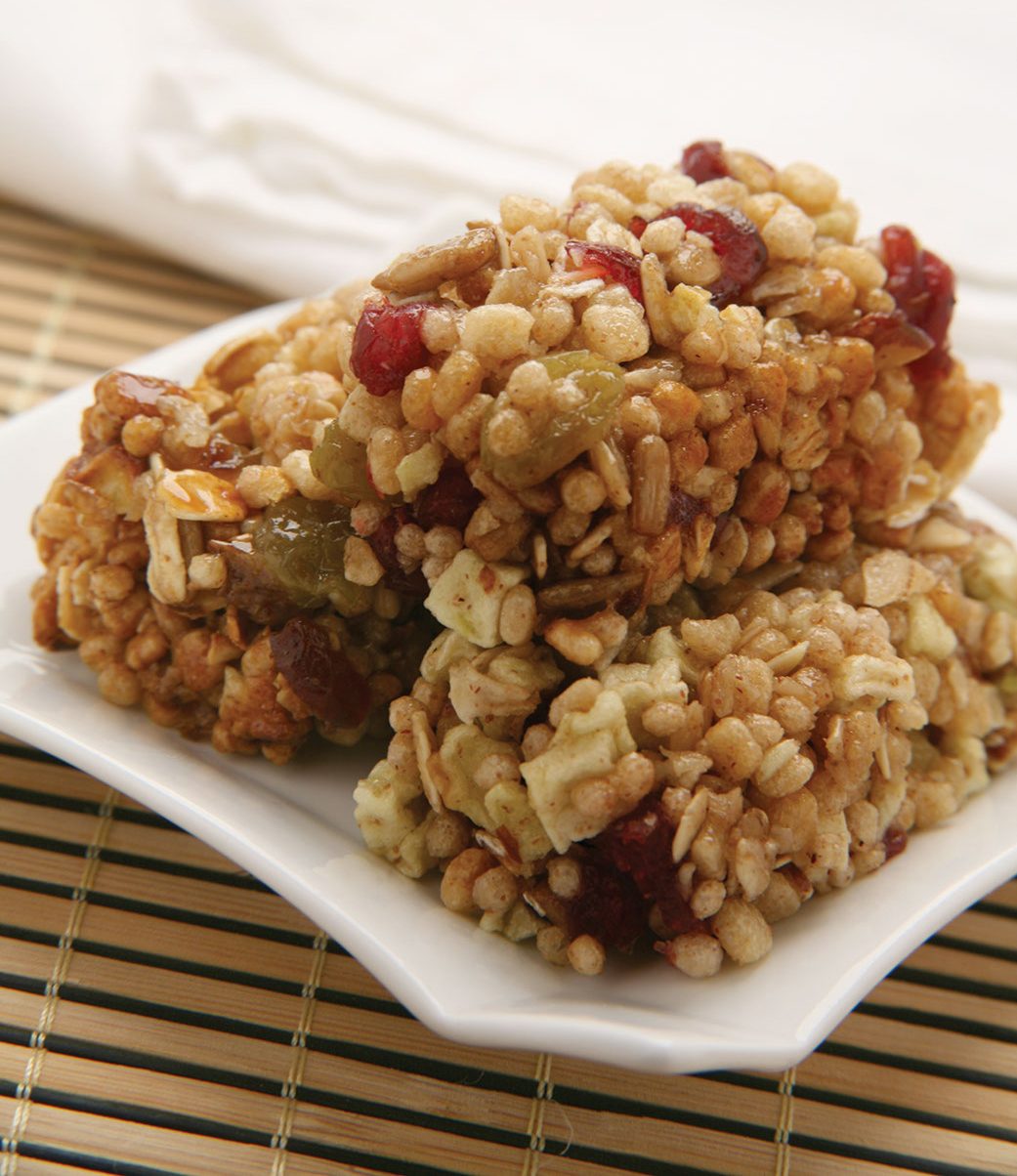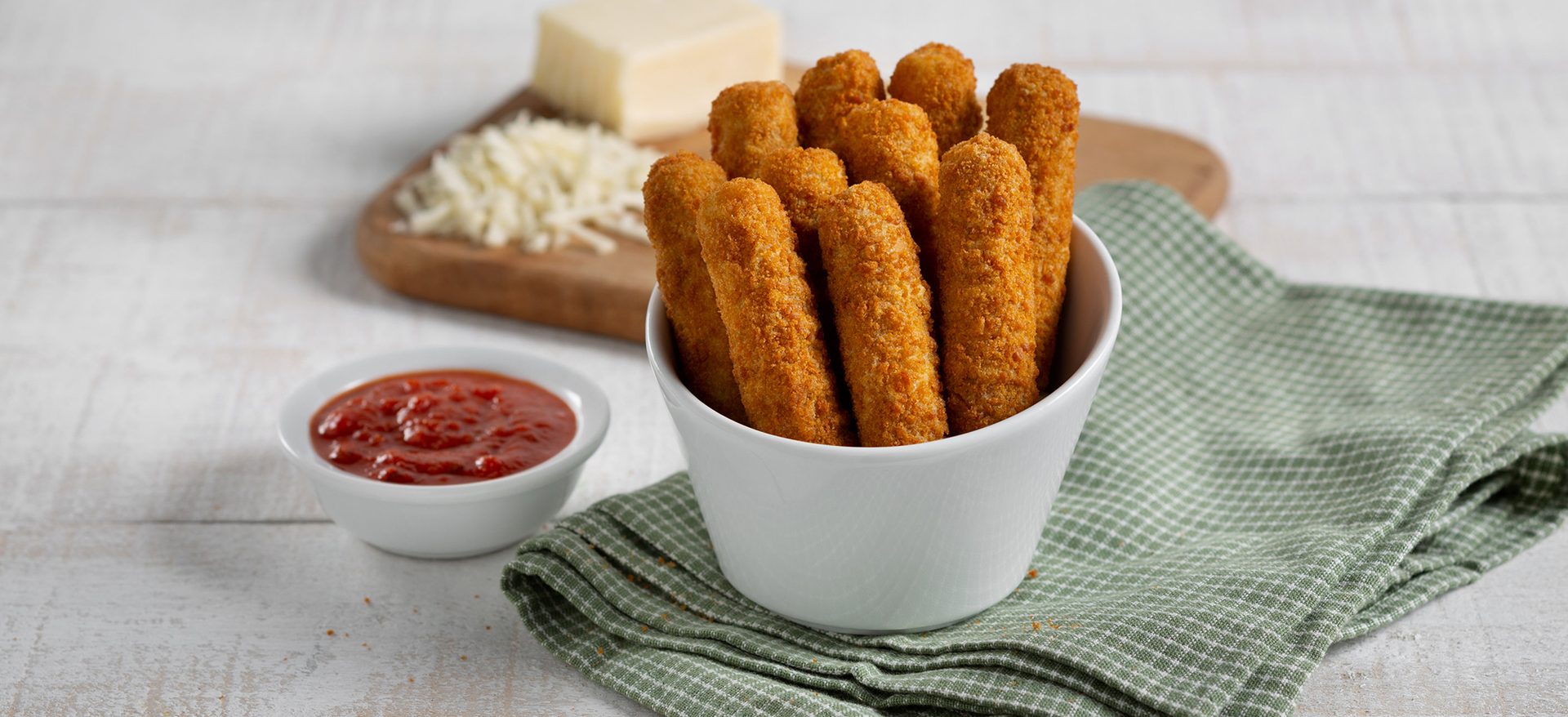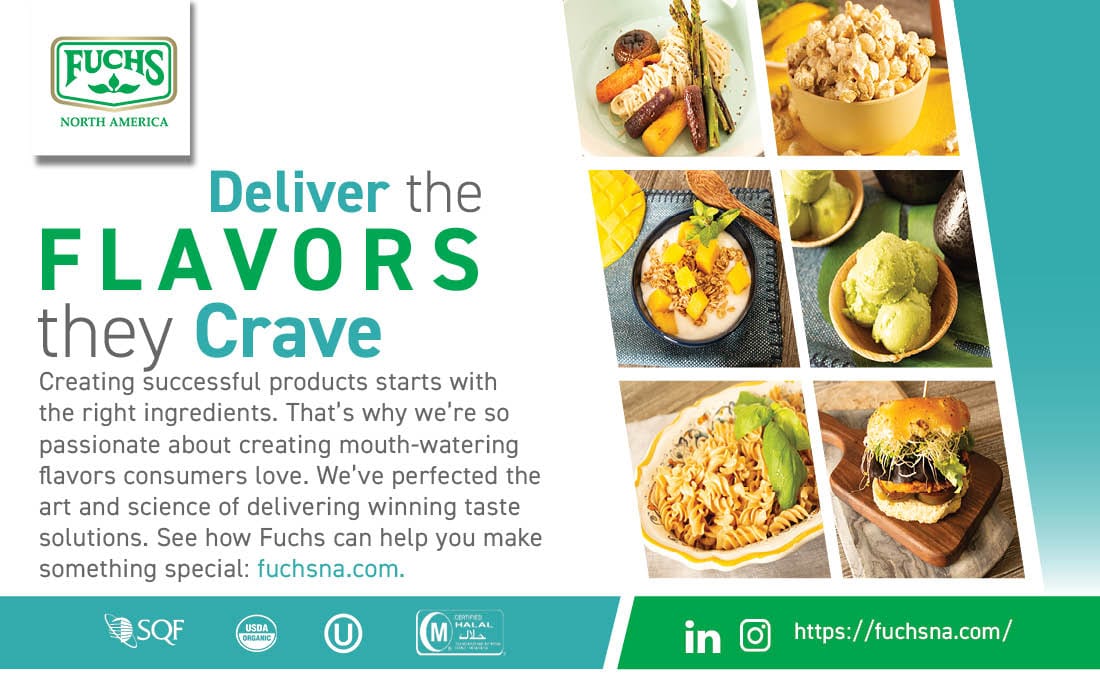SEPTEMBER 2022
Beyond the Crunch
Texture is one of the four compass points—along with flavor, appearance, and aroma—that determine the success of any food product.
Part 1
Developers are leveraging food coatings as a new way to deliver healthier products that attract with texture and flavor. Video courtesy of: Getty Images / Mariia Kozub
A coating uniquely embodies all the key traits in a finished food product—texture, appearance, flavor, and even, in most cases, aroma. With the increased demand for clean-label nutritious foods, developers are leveraging food coatings as a way to take those attributes and build healthfulness into texture in products designed to meet such requirements.
Today’s consumers are prioritizing convenience, affordability, and nutritional value when it comes to the foods they're purchasing. Consequently, frozen and prepared ready-to-eat (RTE) foods have become even more essential as people continue to balance health with economy and time. According to the American Frozen Food Institute, sales of frozen foods in the US were up by 21% in 2020.
By Olivia Conrad, Contributing Technical Editor

Consumers also continue to expand their palates and interests in new flavors, textures, and specialty diets. This has resulted in a greater call for innovative clean-label products. Moreover, they are ever more cognizant of the link between diet and immunity, leading to a heightened awareness of nutrient-based claims. As a result, snacks, meals, and sides with high nutritional value and “free from” claims—but also alluring flavors and textures—are now the rule.
Food coatings—including breadings, batters, seasonings, glazes, and edible films—are largely associated with RTE, refrigerated, and frozen products. Coatings enhance snacks, sides, and meals, as well as sweet coatings for dessert and bakery items. Popular ingredients used to add healthier crunch and flavor to the latter items include nuts, dried fruits, healthful cereals.
Dried fruits, nuts, and healthful cereals provide classic flavor and crunch to sweet coatings, especially when enhanced with concentrated fruit juices instead of sugar. Photo courtesy of: Tree Top, Inc.

On top of adding to the health halo, the whole-grain or protein content of a coating can improve structure and texture. Photo courtesy of Rich Products Corp.
.
Staking Claims
One of the most prominent dietary restrictions among consumers today is gluten avoidance. The overwhelming demand for gluten-free products in every food and beverage category is now mainstream and here to stay. To meet the gluten-free criterion, dried vegetables (such as cauliflower and peas), along with whole-grain ingredients such as flours and starches from brown rice, corn, tubers, and ancient grains, are replacing traditional wheat flour to yield gluten-free breadings for even the most traditional products, such as chicken tenders and fish sticks.
Fat Factor
The increased popularity of at-home air frying allows manufacturers to deliver on the desired crispy texture while drastically reducing the amount of fat in a formulation. The key to formulating a successful air-fried product is starch selection. Developers must ensure that the batter or breading will crisp up to the desired degree to mimic a deep-fried product. In some cases, this can require additional oil in the coating or batter matrix.
Still, with novel starches and flours in the mix, working with fat and oil suppliers to find the right oil for the product can ensure that functionality and health don’t clash. Many healthful oils tend to have lower smoke points than traditional frying oils. But there are sources that can serve both demands. Coconut oil is able to stand up to frying temperatures of around 365°F, but it also imparts its own flavor. That can be an advantage in sweet formulations, but might be less desirable in savory ones.
Olive oil and avocado oil have high smoke points, as do rice bran oil, sunflower oil, and sesame oil. The latter works especially well with Asian and Asian-style products. Chia oil has turned out to be a star oil for combining the high smoke-point functionality of frying with a healthful, high-omega profile.
Another area of interest in food coatings innovation is reduction of ingredients such as sugar, fat, and salt, along with removal of allergens. Accompanying this is an effort to fortify food coatings with functionally nutritious ingredients, such as seeds and ancient grains, including chia, quinoa, millet, hemp, flax, and amaranth.
Even in gluten-containing food coatings, the clean-label trend dominates, with the use of whole-grain wheat flour, spelt, oats, and barley gaining considerable popularity. In some cases, brands are also replacing starches with soluble fibers in order to reduce calories and make fiber-based front of package claims, such as net carb declarations and “keto-friendly” identifiers. End of part 1
Food scientist and regular contributor Olivia Conrad gives a thumbnail overview of trends in coatings and breadings.
SEPTEMBER 2022


